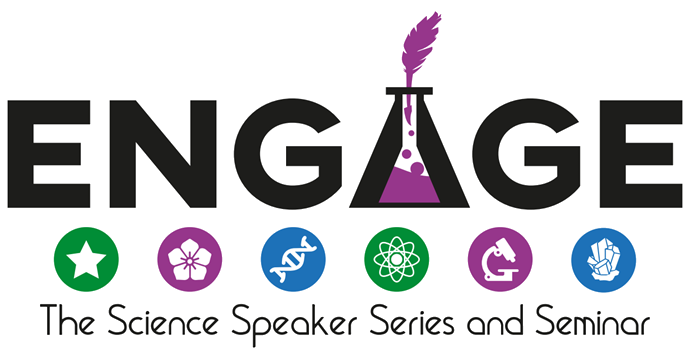There must be something in the water: Opportunities and challenges of ocean energy
Image credit: NASA Science Visualization Studio
For most of us, our daily lives are riddled with energy consumption. We stay connected to each other through phones and computers, drive or take public transportation to get around, and have hobbies and chores that rely on machines. In the U.S., most of this energy comes from fossil fuels, but a growing amount now comes from solar, wind, and other renewable energy sources - even oceans. Just as we can now convert energy from the wind into electricity, we can similarly use the energy in ocean currents to rotate underwater turbines to generate electricity. In fact, along the U.S. coasts alone there is estimated to be enough electricity generation potential in tidal and ocean currents to power almost 35 million homes!
We often think of climate change as the motivation for turning to these renewable energy sources for our electricity. But harnessing the power in ocean currents isn’t just about reducing reliance on fossil fuels. It’s also about bringing access to electricity to places that are off the electrical grid. For example, remote coastal communities or the middle of the ocean - where consistent, reliable power would mean scientists could study and learn from the ocean in ways that we haven’t been able to before.
Considering the benefits, what’s keeping this technology from more widespread use? Wind energy is already a source of more than 8% of total U.S. electricity generation, and we can borrow similar technology from wind turbines and adapt them for underwater applications. One major challenge when we go to put a wind turbine underwater is that water is 1,000 times denser than air, which means these turbines have to withstand much stronger forces than their onshore relatives. Not to mention that if something goes wrong, it is incredibly expensive to service a huge underwater machine! So even though the technology is here, scientists are working on multiple fronts to make it a more reliable, practical option for our communities.
My own research is exploring just one of these ways to make this technology more reliable. At times, water currents are strong enough that we can’t capture all the energy possible from the flow without significant damage to turbine components. It’s in these high flow speed cases that I consider different strategies for protecting the turbine from failure.
Think back to a time in your life when you’ve stuck your hand out of the window of a moving car or bus to feel the wind on your skin. You may recall, when you tilt your hand flat, the rushing air moves easily past your hand. But when you tilt your hand back such that the air is pressing your palm, your hand gets pushed back by the force of the moving air. Well, just as you can tilt your hand flat to avoid the force of the wind, a turbine can rotate its blades in strong currents to protect itself from damage. I primarily explore two strategies for doing this: (1) motorizing the blades such that I only need to send a message to the motors to change the blade position when the water currents are too strong, and (2) where I build flexible blades that can bend and twist passively in response to these strong currents. Both methods have advantages and disadvantages, but this research allows me the chance to improve our understanding of these tradeoffs.
Through this work and that of other researchers in marine energy technology, I hope we soon see greater access to electricity across the world and take ocean energy to places it’s never gone before.
Kate Van Ness is a mechanical engineering graduate student at the University of Washington where they research technology that harnesses energy from ocean currents and strategies for making this technology more reliable. Their motivation for advancing ocean energy technology is in bringing greater access to electricity around the world.



